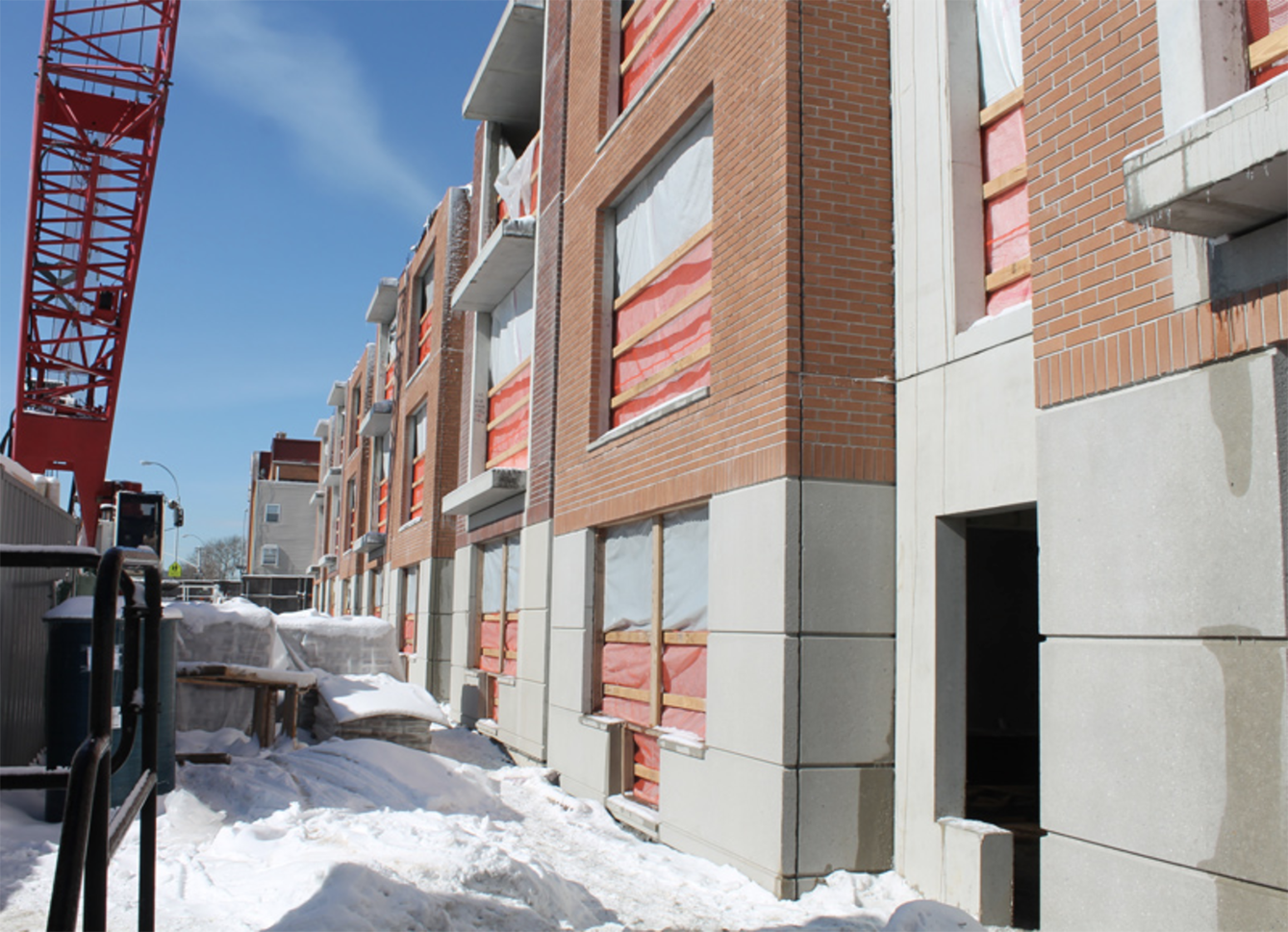Builders and developers are looking for ways to deliver projects on time, under budget, and more efficiently, and that’s why pre-fabrication is continuing to grow in popularity.
Using pre-fabricated building components such as walls and ceilings and laminated beams can give the builder power over consistency and quality, and this control will likely increase as building information modeling (BIM) matures over the years.
It Mitigates Scheduling Risk
In the pre-fab world, upfront planning is essential due to the difficulty of making modifications after components have been manufactured.
From pre-planning and pre-delivery to on-site execution of the project, you will have already thought out and visualized each step of your project using BIM and 3D modeling.
This means that you're less likely to run into scheduling mitigations down the road, and the manufacture, delivery, and installation of the pre-fab elements can occur without a hitch.
On-site weather factors and subcontractor scheduling delays can be eliminated, and the product is constructed more quickly because multiple pieces are fabricated simultaneously.
It Allows You to Gather Input from End-Users Before Construction Begins
Thanks to the advances in computer-aided design, developers and architects can build a structure twice – virtually, then physically.
That's good news for designers and end users, who can then contribute their insight to the project before the actual building begins, potentially saving time and money by avoiding the need to make changes later in the project.
Such early involvement forces the project team to think beyond their individual specialties or trades.
Unique products, optimized for individual customers or projects, can be identified earlier on. Manufacturers can produce specialized units for any design condition that will be accounted for during the quantity take-off process.
It Has Stricter Quality Control
When pre-fab systems are designed, designers use BIM to test the product against several specifications and make sure it aligns with all other trades involved. Computerized-models can streamline the entire construction process, and that includes the initial shop drawing phase. This also means that there's a much lower chance of human error during the planning stages.
The product is then manufactured offsite in a controlled environment following stringent quality standards that can better control use of materials and waste. The crew is experienced with that product and they often work together day-after-day with the same specifications and requirements.
Plus, there are multiple quality checks throughout the process. The pre-fabricated products are transported to the project site following a carefully orchestrated logistics plan.
Problems are Identified Off-Site
BIM brought clash detection to the industry, which can detect potential problems before construction begins. This is a game changer for projects using pre-fabricated products.
Clash detection identifies where the separate models have incompatible parameters, or an out-of-order time sequence that might cause design changes, higher materials costs, and the accompanying cascade of schedule and budget overruns.
Because pre-fab uses computer modeling, a limitless number of opportunities and scenarios can be evaluated which allows for the feasibility of construction to be reviewed early.
Construction issues can be resolved sooner rather than later, saving time and money.
Flexibility and Efficiency
Builders have been pushing past the boundaries of traditional pre-fab design, which allows for a wide variety of design and product options.
Because of the technologies used to create pre-fab products, the design is flexible, and all parties involved with a project can be on the same page throughout the process.
Early in the design phase, designers and architects can easily work with the project team to experiment with different options and alternative methods that meet the developer’s need.
By getting the product supplier, designer, and trades involved early together, an efficient forum for communication is created that can lead to a quality project.
Using Pre-Fabricated Solutions in Your Construction Projects
As BIM technologies advance, so will the pre-fabricated products and the complexity of our projects. As you continue learning about the benefits of using pre-fabrication, see what unique solutions our team at Building Solutions offers for each phase of construction.



